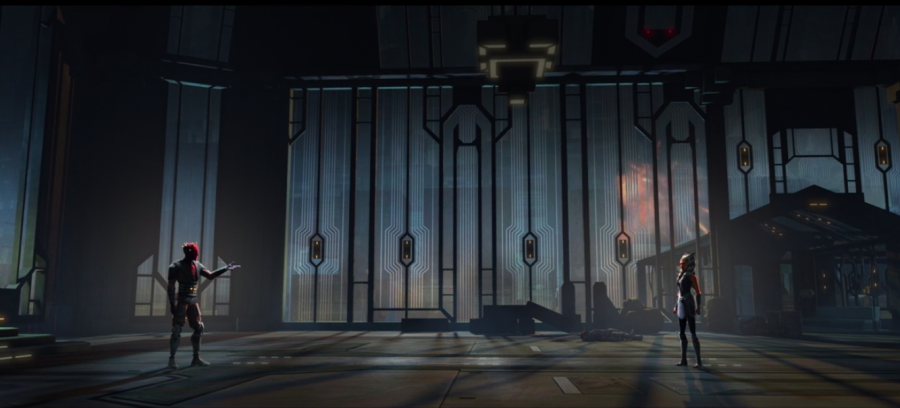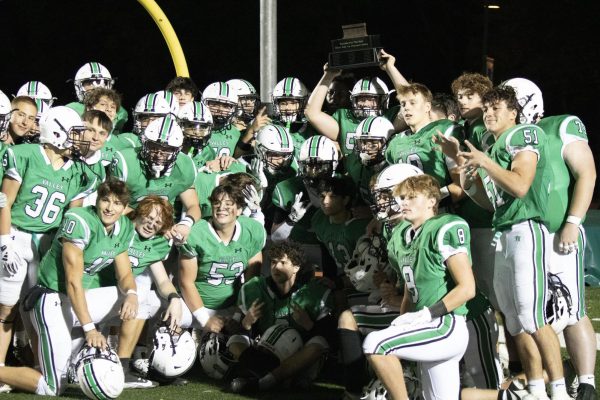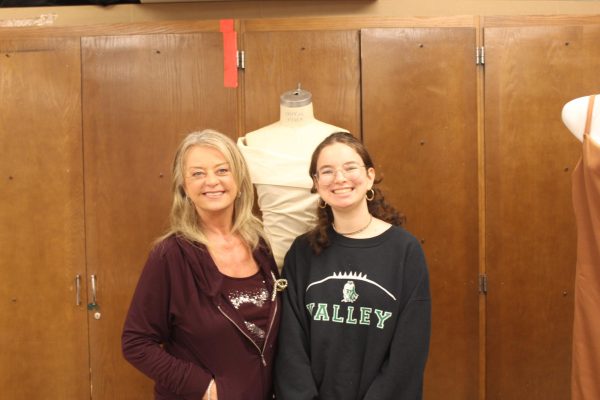‘Star Wars: The Clone Wars’ season seven trumps the sequel trilogy
Fair use from www.disneyplus.com
The TV series, “Star Wars: The Clone Wars,” first premiered on Oct. 3, 2008. The first episode of the seventh and final season of the series was released on Feb. 21, 2020.
The first episode of “Star Wars: The Clone Wars” aired on Cartoon Network on Oct. 3, 2008. It aired for six years before Disney purchased Lucasfilm and cancelled it before it could get its final, seventh season. Star Wars fans were outraged, enough so to create a hashtag: #SavetheCloneWars.
To fans, the Clone Wars was a precious asset that expanded upon the characters and universe we all know and love. So, when #CloneWarsSaved started trending, it is safe to say social media exploded.
It wasn’t just the fans who were excited, however — the voice actors were pretty thrilled as well.
After waiting over a year from the announcement to the actual release of the first episode of the season, expectations were high.
‘The Bad Batch’
There were three story arcs in season seven of the Clone Wars: “The Bad Batch,” “Ahsoka’s Walkabout,” and the “Siege of Mandalore.” Each one had their strong and weak moments — well, except the last one; the “Siege of Mandalore” alone was better than the entire sequel trilogy.
In “The Bad Batch” arc, a team of clones with “desirable mutations” are called in to aid with a tough mission, which neither the Jedi nor the clones could handle. Though they are bred to be identical, all of the clones are given a different personality (especially the “Bad Batch”), which makes them all more compelling characters.
Through this, we get a fluffy Anakin and Padmé moment, more of Obi Wan Kenobi’s charisma, and an introduction to the gorgeous animation season seven has in store.
‘Ahsoka’s Walkabout’
“Ahsoka’s Walkabout” has the most boring title out of the three arcs, which is fitting for its contents. Ahsoka, a fan favorite for her powerful development and different mindset than what the Jedi typically had, was easily the best part of this arc.
It presents us with the beloved apprentice of Anakin Skywalker, and the antics she endures after crashing her speedbike in Courasant’s underground world and bumping into Trace — the character the internet has torn to shreds. I appreciate the female representation in this arc, but Trace and Rafa were really annoying characters; all they did was complain and doubt Ahsoka, who was their best chance of getting them all out of the situations they put themselves in.
‘The Siege of Mandalore’
Now, let’s discuss “The Siege of Mandalore” — just thinking about it gives me chills.
This event, the attack on the Darth Maul-controlled Mandalore, had been foreshadowed since season five of the show. When something like this is mentioned so early on before it actually occurs on screen, you know the outcome is going to be momentous. And oh boy, how it was.
Every single episode contained something even more mind bogglingly brilliant than the last.
Episode nine flawlessly set up the rest of the arc by placing characters where they should be during the events of “Revenge of the Sith,” and how it started tying in other elements to that third installment of the prequel trilogy. The Clone War as we know it in the Star Wars universe doesn’t truly end until the conclusion of “Revenge of the Sith,” so it was trivial that Lucasfilm tied it in perfectly. Rest assured, Dave Filoni did not let the fans down.
The voice acting was phenomenal, specifically by Sam Witwer, who voiced Maul — the range he expressed through this role was unbelievable.
On the topic of Maul, this beast was a fantastic character — notice I say “character” and not “villain” because season seven makes the viewer question if the Jedi are truly the universal peacekeepers they claim to be. They took this throwaway villain from “The Phantom Menace” and molded it into someone with a motivation, valid arguments, and ironically, a moral status.
‘Victory and Death’
The final season references antics from previous ones, and develops relationships crucial to other pieces of media, like Ahsoka and Captain Rex in “Star Wars: Rebels.” The scores were fitting to the fight scenes (and all moments, really), the transitions between scenes were flawless, and the animation was gorgeous.
While the first eight episodes were on brand for the series — very light-hearted and fun — the final four were on a completely different level. This final arc, I can say with full confidence, was better than “The Rise of Skywalker” in terms of tying things up, developing characters, and maintaining good pacing.
If you know how “Revenge of the Sith” ends, you already know that the ending of the final episode of season seven, “Victory and Death,” isn’t going to be a happy one. Dare I say it: this ending had more emotion than “Revenge of the Sith” did, as we see so much more than just mindless clones after Order 66 is cast.
However, in “Victory and Death,” I would have liked a few more nods to the events that parallelled what was going on at the same time in the prequels, but that’s just me nitpicking.
Easily, I would give “Star Wars: The Clone Wars: The Final Season” a perfect rating. Yes, “Ahsoka’s Walkabout” was plain, but it served its purpose, and extra points were given for being able to tie this series into “Revenge of the Sith.”
This is peak Star Wars, and one of the most cinematically stunning pieces of media I have ever consumed.
Season seven was unbelievable. Seriously, go watch it for yourself if you haven’t. You will not regret it.












